Germany : Strong Growth and Innovation Hub
Key markets include major cities like Berlin, Munich, and Frankfurt, where healthcare institutions are rapidly adopting internet medical technologies. The competitive landscape features strong players such as Siemens Healthineers and Philips Healthcare, alongside global giants like Apple and Google. Local dynamics are influenced by a well-established healthcare system and a growing emphasis on preventive care. The market is particularly vibrant in telehealth and remote patient monitoring applications, catering to both urban and rural populations.
UK : Innovation Meets Regulatory Support
London, Manchester, and Birmingham are pivotal markets, showcasing a vibrant ecosystem for digital health innovation. The competitive landscape includes major players like IBM and Medtronic, alongside numerous startups. The local market is characterized by a collaborative environment between healthcare providers and tech companies, fostering innovation. Key applications include telehealth services and wearable health devices, which are gaining traction among consumers seeking convenient healthcare solutions.
France : Government Initiatives Drive Growth
Key markets include Paris, Lyon, and Marseille, where healthcare institutions are increasingly adopting internet medical technologies. The competitive landscape features significant players like Philips Healthcare and local startups. The business environment is dynamic, with a focus on collaboration between healthcare providers and technology firms. Sector-specific applications include telehealth and remote patient monitoring, which are becoming essential components of the healthcare delivery model.
Russia : Growth Amidst Regulatory Challenges
Moscow and St. Petersburg are key markets, showcasing a growing interest in internet medical technologies. The competitive landscape includes both local and international players, with companies like Siemens Healthineers establishing a presence. Local market dynamics are influenced by a mix of traditional healthcare practices and modern digital solutions. Applications in telemedicine and health monitoring are gaining traction, particularly in urban areas where access to healthcare is a priority.
Italy : Innovation in a Traditional Market
Key markets include Rome, Milan, and Naples, where healthcare institutions are beginning to adopt internet medical technologies. The competitive landscape features both local and international players, including Medtronic and GE Healthcare. The local market is characterized by a blend of traditional healthcare practices and emerging digital solutions. Applications in telehealth and remote monitoring are becoming increasingly relevant, particularly in urban areas with high population density.
Spain : Consumer Demand Fuels Innovation
Key markets include Madrid, Barcelona, and Valencia, where healthcare institutions are increasingly adopting internet medical technologies. The competitive landscape features significant players like Philips Healthcare and local startups. The local market dynamics are characterized by a growing emphasis on preventive care and patient engagement. Applications in telehealth and wearable health devices are gaining traction, catering to a tech-savvy population seeking convenient healthcare solutions.
Rest of Europe : Diverse Opportunities Across Regions
Key markets include cities across Eastern and Northern Europe, where healthcare institutions are beginning to adopt internet medical technologies. The competitive landscape features a mix of local and international players, with opportunities for startups to innovate. Local market dynamics are influenced by varying healthcare systems and consumer acceptance of digital solutions. Applications in telemedicine and health monitoring are gaining traction, particularly in urban areas where access to healthcare is a priority.


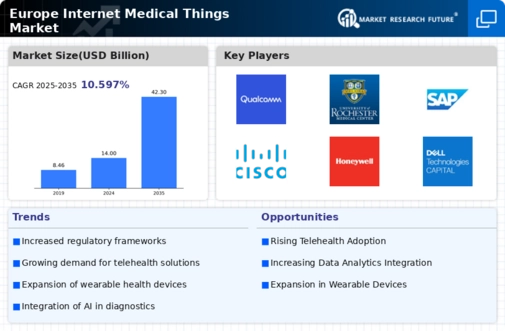
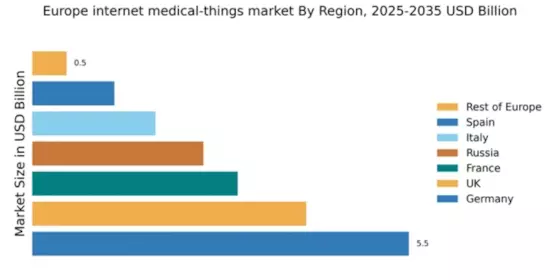

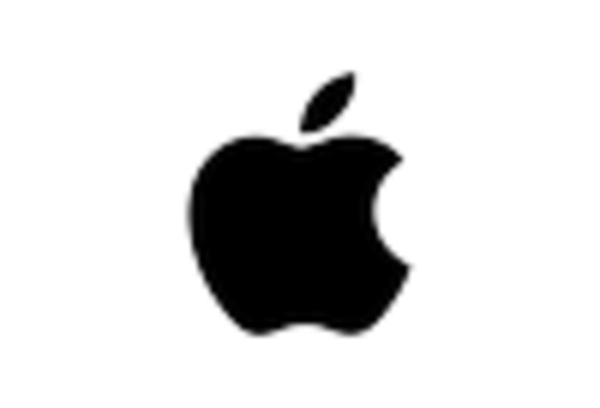
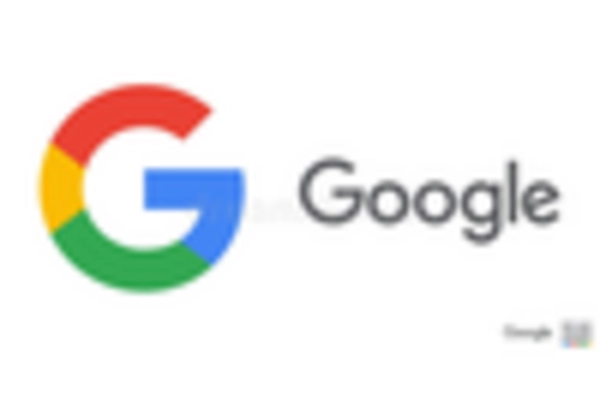


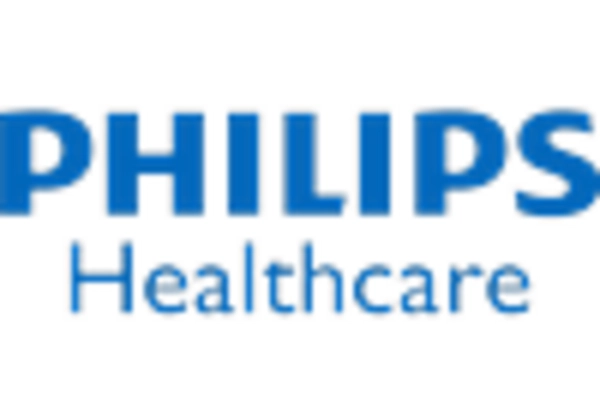








Leave a Comment